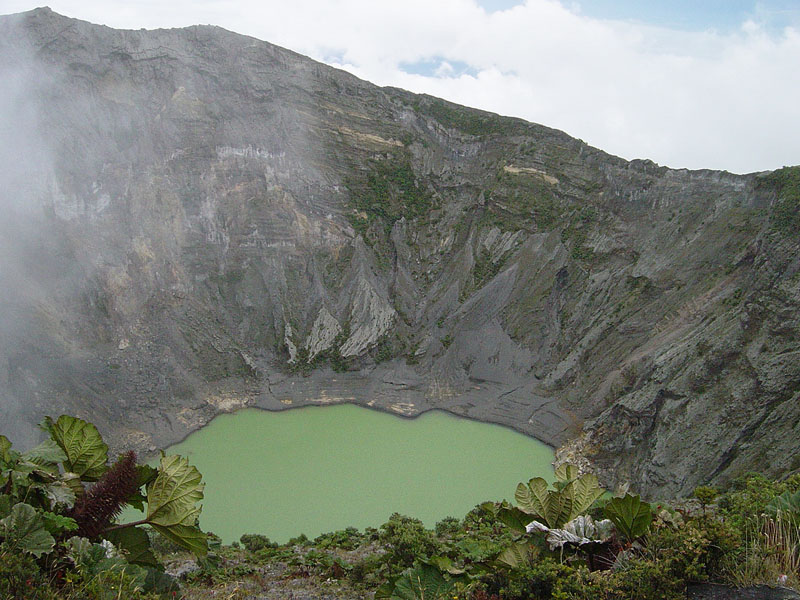Braulio Carillo National Park is located about 20 miles to the northeast of San José and is an easy day trip from San José, or perhaps a stop along the way to Limón or the Caribbean beaches. At the urging of environment lobbyists, the park was established in 1978 as an effort to prevent development the area around the Limón Highway, which was under construction at that time. The park was named in honor of the third president of Costa Rica whose administration supervised the building of the first highway from San José to the Caribbean coast in the early 19th century.
 The Limón Highway, which bisects the park, is surrounded by virgin forest of both sides. The altitude in this 117,300-acre park ranges from 118 to 9,500 feet so both high-altitude cloud forests as well as tropical lowland rainforest can be found in the park. Home to approximately 500 species of birds and 150 species of mammals, the park boasts one of the highest levels of biodiversity in Costa Rica.
The Limón Highway, which bisects the park, is surrounded by virgin forest of both sides. The altitude in this 117,300-acre park ranges from 118 to 9,500 feet so both high-altitude cloud forests as well as tropical lowland rainforest can be found in the park. Home to approximately 500 species of birds and 150 species of mammals, the park boasts one of the highest levels of biodiversity in Costa Rica.
Whether you´re interested in walking down a short path from your car to an overlook or waterfall, or spending the whole day hiking 32 miles from Barva to La Selva, Barulio Carillo offers activities for everyone. On the east side of the park, the Aerial Tram takes you on an open gondola ride through two levels of the rainforest canopy. On the way up the mountain, the gondola travels several feet above the ground to allow you to examine the understory and lower canopy. On the way back down, the gondola travels in the treetops, reaching as much as 170 feet above the ground. Several hiking trails with guides are included with the admission and tram ride. Visitors should try to take walks at different elevations to contrast the distinct flora and fauna. Geological features of interest include Barva volcano, which has three crater lakes, and the Sarapiquí River watershed.
Braulio Carillo National Park can be reached by car or by taking any of the buses that travel to Guápiles, Siquirres, or Limón. Many tour operators also offer day trips from San José to Braulio Carillo National Park, including specialized tours like bird watching. There is no overnight accommodation available in the park. Other attractions in the area include Poás Volcano National Park, Irazú Volcano National Park, La Selva Biological Reserve and Lankester Botanical Gardens.






